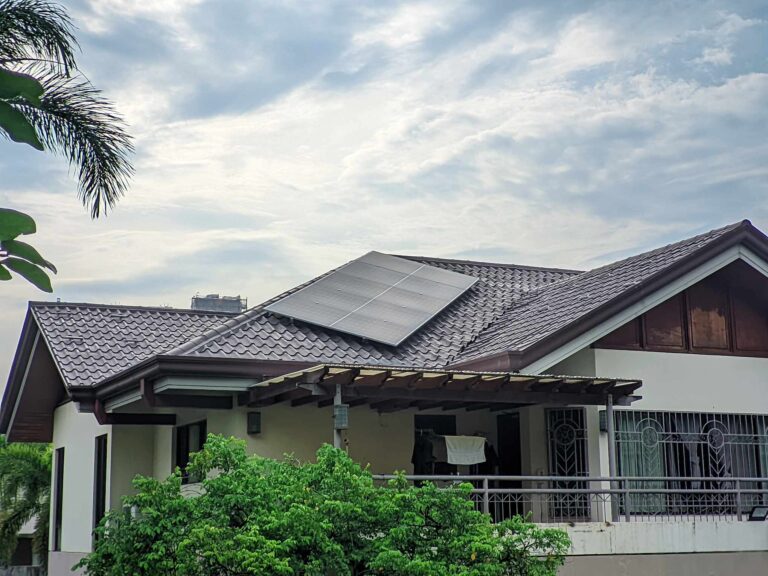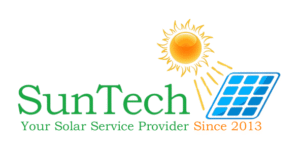
What You're Paying for in a Solar System — And Why It’s Worth It in Cebu
When you install a solar power system, you’re paying for more than just solar panels. Here’s a breakdown of the main components that make up the cost — and why each one is worth the investment, especially in a sunny place like Cebu:
1. Solar Panels (40–50% of total cost)
-
Purpose: Capture sunlight and convert it into direct current (DC) electricity.
-
Why It’s Worth It: High-quality panels last 20–25 years, need minimal maintenance, and provide clean energy consistently.
2. Inverter (10–20%)
-
Purpose: Converts DC electricity from the panels into usable AC power for your home or business.
-
Types:
-
String Inverters (common, lower cost)
-
Microinverters (more efficient, especially if some panels get shade)
-
-
Why It’s Worth It: A good inverter ensures maximum power conversion efficiency.
3. Mounting System & Racking (5–10%)
-
Purpose: Holds the solar panels in place on your roof or on the ground.
-
Why It’s Worth It: Proper racking ensures safety, stability, and optimal panel angle for Cebu’s sun exposure.
4. Battery Storage (Optional, 20–30%)
-
Purpose: Stores excess solar energy for use at night or during power outages.
-
Why It’s Worth It:
-
In areas with frequent brownouts, like some parts of Cebu, batteries increase energy reliability.
-
Can help you become more energy independent.
-
5. Electrical Wiring & Accessories (5–10%)
-
Purpose: Connects the entire system safely and efficiently.
-
Why It’s Worth It: Ensures safe delivery of electricity, compliance with local standards, and maximized efficiency.
6. Installation Labor (10–15%)
-
Purpose: Professional technicians set up, test, and integrate the system.
-
Why It’s Worth It: Skilled installation ensures safety, proper setup, and warranty validity.
7. Permits, Inspections & Documentation (2–5%)
-
Purpose: Covers local government fees, net metering applications, and utility approval.
-
Why It’s Worth It: Ensures you’re legally allowed to connect your system to the grid and sell excess power (net metering).
| Benefit | Why It Matters |
|---|---|
| Lower electricity bills | Payback period is 5–8 years; savings continue long after. |
| Long system life | Most systems last 20–25+ years with little upkeep. |
| Environmental impact | Zero emissions, reduced carbon footprint. |
| Energy security | Less affected by power outages or price hikes. |
| Higher property value | Homes with solar often sell faster and at a premium. |
📌 Real Example for Cebu
If you install a 3 kW system (enough for a small household):
-
Cost: Around ₱200,000–₱300,000 (without battery)
-
Monthly savings: ~₱2,500–₱4,000 depending on your usage
-
ROI (Return on Investment): Around 5–7 years
-
After that, most electricity is essentially free
